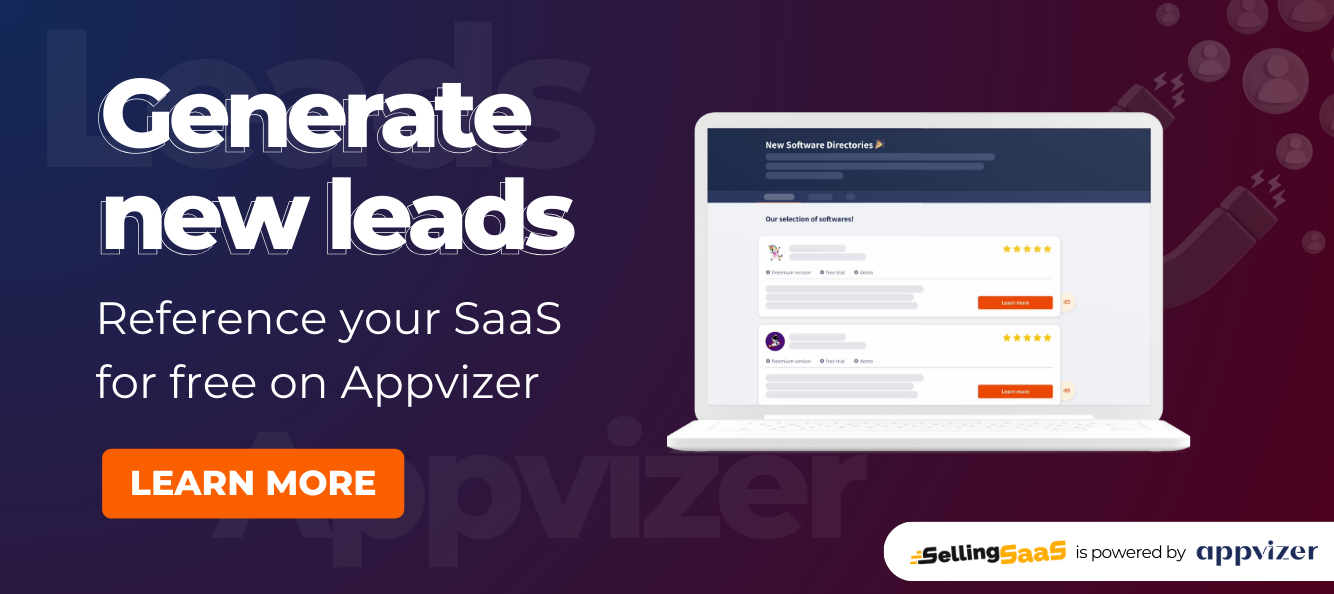Onboarding is the process of integrating a new employee into a company and its culture, as well as getting them up to speed on their specific role and responsibilities.
Onboarding in the Software as a Service (SaaS) industry goes beyond the traditional definition of integrating a new employee. It extends to encompass customers as well, focusing on ensuring that both employees and customers are effectively introduced to and engaged with the SaaS product and the company’s culture.
Employee Onboarding in SaaS
- Pre-Onboarding Phase: This begins even before the employee’s first day. It includes setting up their work accounts, sending welcome emails, and providing information about the company and its products.
- Orientation Process: Introduction to company culture, vision, and values. This is critical in the SaaS sector as employees must understand the ethos behind the technology they will work with.
- Role-Specific Training: Given the technical nature of SaaS products, comprehensive training is provided for the specific role. This might include product demos, software tools training, and hands-on projects.
- Mentorship and Support: Assigning new hires a mentor for guidance, which is especially valuable in navigating complex software environments.
- Performance Goals and Feedback: Setting clear expectations and regular check-ins help in aligning the employee’s progress with the company’s objectives.
Customer Onboarding in SaaS
- Initial Engagement: Begins with the first use of the software. This phase includes tutorials, user guides, and introductory emails.
- Customization and Setup: Assisting customers in setting up their account to meet their specific needs. This might include configuration settings, integrations with other tools, and personalization.
- Training and Support: Providing comprehensive resources for customers to learn how to use the product effectively. This can include webinars, video tutorials, and a knowledge base.
- Regular Check-Ins and Feedback: Engaging with customers regularly to ensure they are satisfied and to gather feedback for product improvements.
- Community Building: Encouraging customers to join user groups or forums to foster a community around the product.
Benefits of Effective Onboarding in SaaS
- For Employees: Increases job satisfaction, productivity, and retention. Employees feel more engaged and connected to their role and the company.
- For Customers: Enhances user experience, increases product adoption, and reduces churn. Customers who understand how to use the product are more likely to see its value.
Challenges and Solutions
- Complexity of SaaS Products: Tailored training and regular support can mitigate the steep learning curve.
- Diverse Customer Needs: Offering customizable onboarding paths based on different user segments.
- Maintaining Engagement: Incorporating interactive elements like gamification in training can keep both employees and customers engaged.
Conclusion
Onboarding in the SaaS industry is a multifaceted process that requires a detailed, user-centric approach. It’s not just about acquainting new hires and customers with the product, but also about immersing them in the culture and ethos of the company. Effective onboarding can significantly impact the success and growth of a SaaS business by fostering a knowledgeable and dedicated workforce and a loyal, satisfied customer base.


